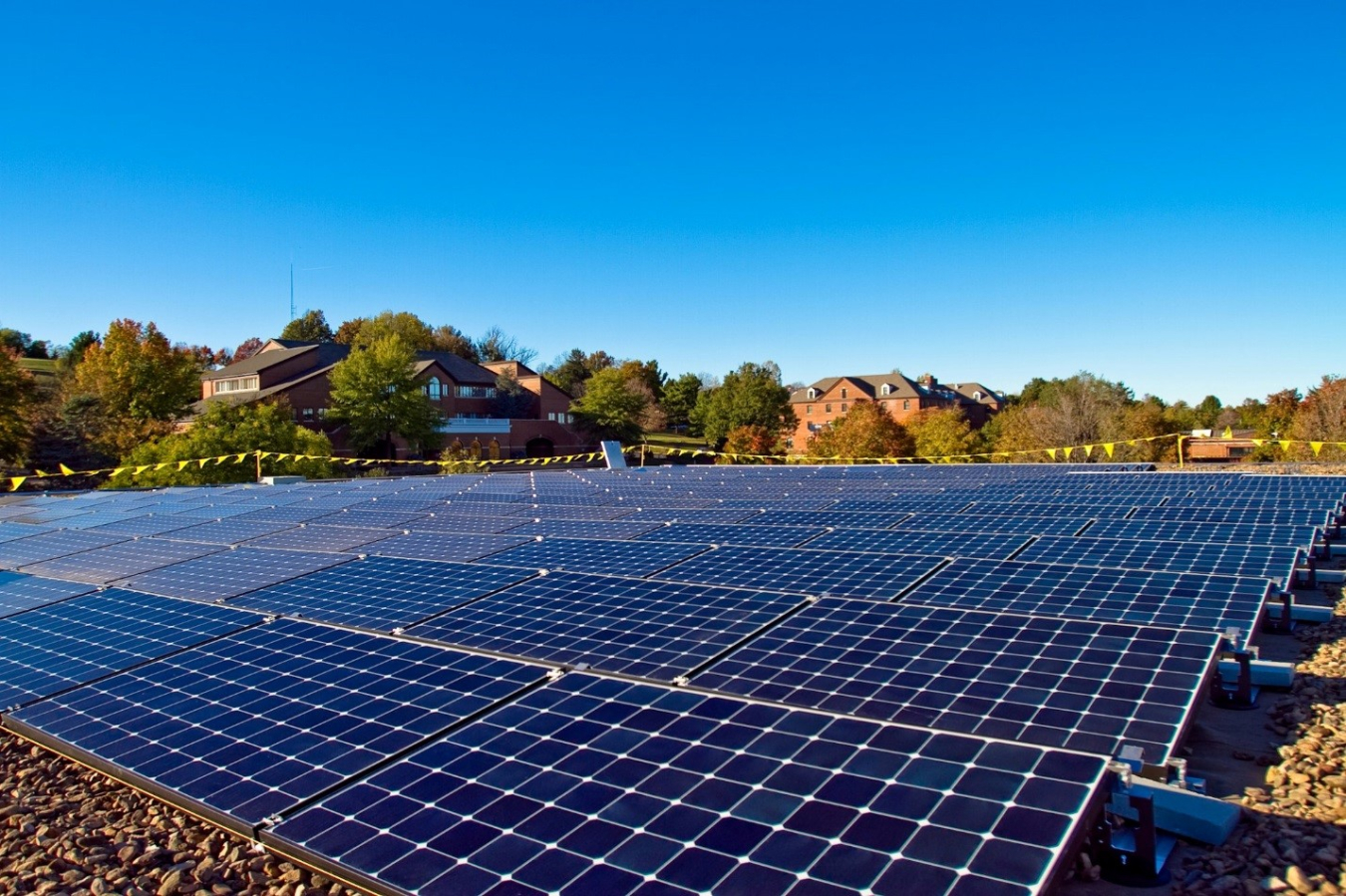
Dormitory mini fridges, dishwashers in dining halls, and campus computer labs are just a few of the things that can create large utility bills for colleges and universities across the country. The SunShot Initiative is working to make it easier for college campuses to use solar energy to help ease the financial burden of around-the-clock operation.
The Solar Market Pathways funding program has spurred two projects that have already made a big difference. In the first project, the Council of Independent Colleges in Virginia is working with 15 of its member schools to aggregate their purchasing power with the ultimate goal of installing 38 megawatts of distributed solar generation by 2020. This group purchasing structure will allow the colleges to negotiate better prices for their panels, which will save them money from the get-go. Colleges can expect the savings to continue, too—each of the planned solar installations will help reduce campus operating costs while carrying other economic and environmental benefits.
The second noteworthy project in the Solar Market Pathways program has enabled the Midwest Renewable Energy Association (MREA) to make a positive impact for universities through their Solar University Network. This initiative to partner utilities and universities is being piloted at four schools to accelerate solar installations and encourage investment in solar energy. Through professional development events, the facilitation of campus solar development teams, and direct technical assistance, the Solar University Network is supporting the University of Minnesota, Illinois State University, Purdue University, and Missouri University of Science and Technology to define roadmaps for on- and off-campus solar investment.
For universities that are looking for in-depth technical assistance, the National Renewable Energy Laboratory (NREL) is doing its part to help through the SunShot National Laboratory Multiyear Partnership. The free program is designed to increase the deployment of mid-scale solar energy systems at universities by helping them to develop deployment solutions that can be shared with other schools across the country. NREL will provide screenings using its REopt renewable energy planning platform, which will help universities understand the best mix of renewable energy and other resources required to meet cost savings and energy performance goals. In addition, NREL will provide short-term solar photovoltaic implementation assistance to several universities that submit qualifying applications.
These SunShot-powered programs will help universities explore the benefits of using renewable energy to power their campuses. At the same time, these projects are inspiring students to take solar off campus: our Grid Engineering for Accelerated Renewable Energy Deployment program, also known as GEARED, is training future utility sector professionals to operate the electric grid with increasingly higher levels of solar electricity. By adding solar into the generation mix, schools save money, utilize clean energy, and advance student understanding of renewable energy technologies.


